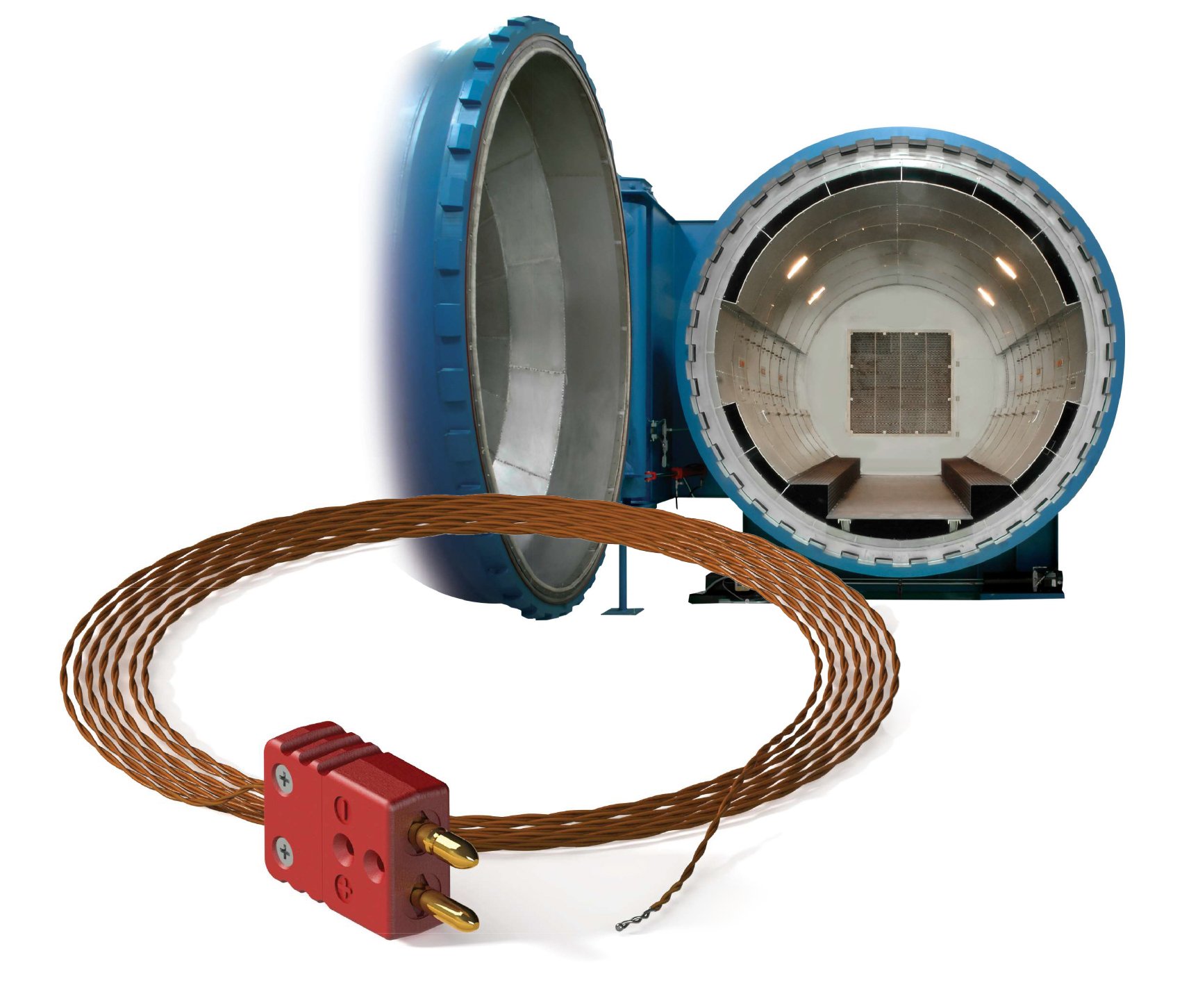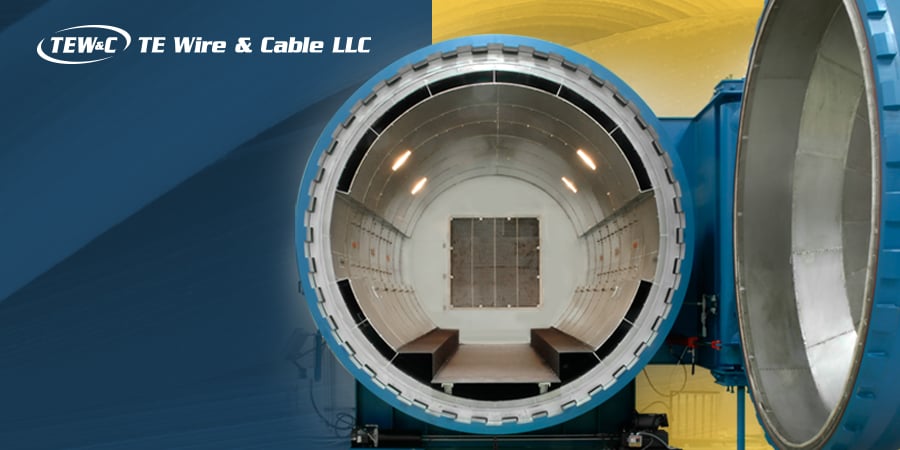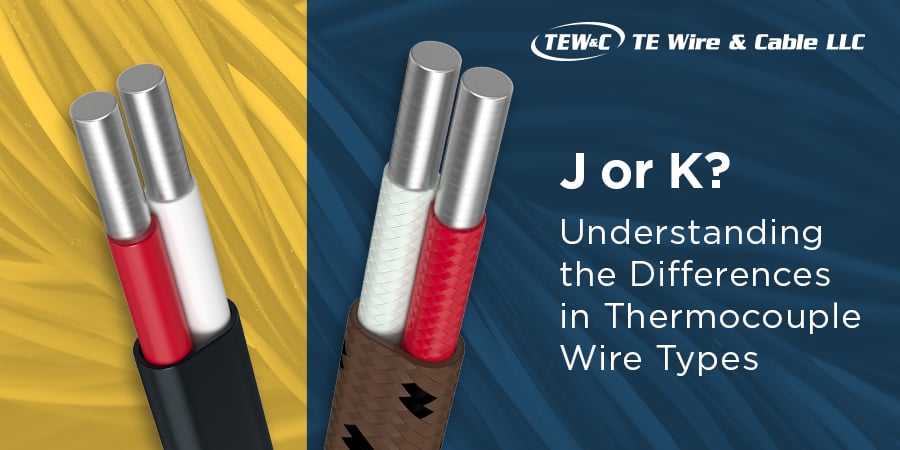Ever been to a butcher shop where huge slabs of meat are hanging for the customers to see? The butcher wants everyone to think of nothing but a juicy steak cooked to perfection. Sadly, as any composites manufacturing facilities manager knows, not all things hung from a ceiling are placed there to inspire lofty thoughts of leisurely afternoons grilling dinner for the family and taste bud-tickling enjoyment.
Sometimes, it’s a cautionary reminder of a process gone terribly wrong.
 Visualize this. You are walking through a major aviation composites manufacturing plant talking with the composites manager when you come to a cleared out space in a cross road traffic area. Except the space is not entirely cleared out. There is a rather ominous-looking centerpiece prominently displayed – alone.
Visualize this. You are walking through a major aviation composites manufacturing plant talking with the composites manager when you come to a cleared out space in a cross road traffic area. Except the space is not entirely cleared out. There is a rather ominous-looking centerpiece prominently displayed – alone.
Dangling from a roof girder is a very, very, very large composite part.
“What is that?” you ask.
“That is a hundred thousand dollar paperweight,” he responds in defeated disgust.
“Wow! That’s a really expensive paper weight!” you exclaim. Wondering if you should bite your tongue, you ask anyway. “What happened?”
Your tour guide laments that the particular composite part in question had significant delamination voids caused by leaks during cure and the business unit manager had it prominently hung where everybody can witness vacuum leak results.
What can cause delamination or vacuum leaks into a composite part? Here are the biggest offenders:
- Bag edge seals
- Tears in the bag, and
- Lead/lag part thermocouples (especially if they’re hand-made)
To the unaided eye, thermocouple wire may look solid, but to 22-inches of vacuum or 90 PSI of pressure, stock TC wire acts like a straw feeding atmosphere directly into the layup. Not good.
Why? Most thermocouple wire is made allowing spaces under the jacket and between the metal conductors and the insulation. These spaces (known as ‘interstices’) are inherent in the normal manufacturing process of making wire. These interstices run the entire length of wire used in the typical wire thermocouple.
Many different fixes are used around the world to attempt to prevent leaks through these spaces. All of them waste time and profit trying to fix the costly issue.
The most often used method that I see involves the layup technician who strips off the jacket and insulation down to the bare wire conductor where it passes under the vacuum bag. Then tacky tape is put under, around, and on top of the conductors making certain the bare conductors do not touch each other or the tool. Even with such cautionary measures, frequently it is still all a big waste of time, because it may leak during the cure. You simply can NOT be sure.
We did a time study at a Tier One manufacturer that showed an average of one minute of time spent by the layup worker for each wire on the part. Each part had two wires. Granted, two minutes doesn’t seem like much time. However, what if it is two minutes each for 1,200 parts per week? You basically have hired an additional highly skilled worker to just strip thermocouple wires under the bag. And this worker could and should be doing revenue building functions such as making your composite parts, not making thermocouples. (See the time study whitepaper here.)
It never ceases to amaze me how some composites curing operations will try to save $10 on a thermocouple by willingly taking the significant risk of ruining a $100,000 composite part. (Click to Tweet)
What is the cure for these vacuum leaks? Pre-made 100% factory tested AccuClave® thermocouples. AccuClave thermocouples are designed so they will not leak under vacuum or pressure. In fact that is part of the patent. You waste no time during installation to make them leak proof. Just take them out of the shipping box and place them in the tacky tape under the bag with complete confidence.
You save at least one installation minute per thermocouple wire and you also save by preventing expensive voids and delamination in the part.
Take a few minutes to review the time study provided in this document. I'd be glad to assist you with an analysis of your own composite autoclaves operation.
Learn More:



 Visualize this. You are walking through a major aviation composites manufacturing plant talking with the composites manager when you come to a cleared out space in a cross road traffic area. Except the space is not entirely cleared out. There is a rather ominous-looking centerpiece prominently displayed – alone.
Visualize this. You are walking through a major aviation composites manufacturing plant talking with the composites manager when you come to a cleared out space in a cross road traffic area. Except the space is not entirely cleared out. There is a rather ominous-looking centerpiece prominently displayed – alone. 



